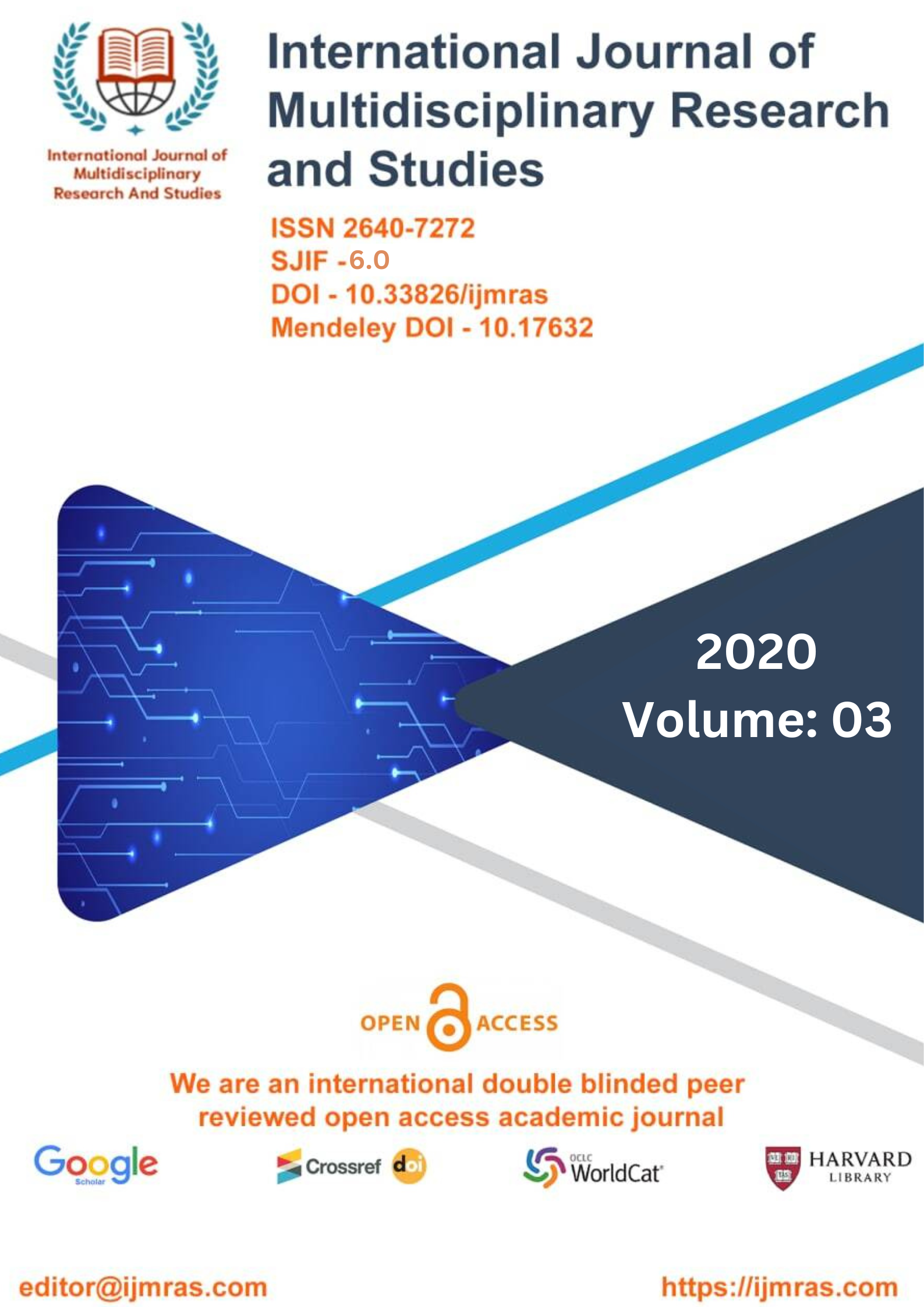WAGE DISPARITY A CHALLENGE FOR WOMEN WORKERS WORKING

Abstract
On the other hand, in both developed and developing nations, workers who are illiterate or have only completed primary education are more likely to be employed in informal settings than individuals who have completed secondary and higher levels of education. This is due to the fact that workers who are illiterate or have only completed primary education are less likely to have access to formal employment opportunities. The following table, which is based on the official secondary data source known as the Periodic Labour Force Survey (PLFS), includes some estimates of the many different types of informal labor, as well as the numerous features of informality when viewed through the lens of gender (2017–18).
Keywords
Wage Disparity, ChallengeHow to Cite
References
Agapiou, A. (2002). Perceptions of gender roles and attitudes toward work among male andfemaleoperativesintheScottishconstructionindustry.ConstructionManagement&Economics,20(8), 697-705.
Andal,N.(2002). WomenandIndiansociety:Optionsandconstraints.NewDelhi:RawatPublications.
Arnove, R. F., Torres, C. A., & Franz, S. (Eds.). (2012). Comparative education: The dialectic oftheglobal and the local. Rowman& LittlefieldPublishers.
Beck, L., & Keddie, N. R. (Eds.). (1980). Women in the Muslim world (Vol. 13). Cambridge:HarvardUniversityPress.
Borooah, V. K., &Iyer, S. (2005). Vidya, Veda, and Varna: The influence of religion and casteoneducation inrural India.TheJournal ofDevelopmentStudies, 41(8),1369-1404.
Budhwar, P. S., Saini, D. S., & Bhatnagar, J. (2005). Women in Management in the Neweconomic Environment: The case of India.Asia Pacific Business Review, 11(2), 179-193.
Chakraborty, S. (2013). Empowering the Tribal Women through Education:Issue of SocialJusticewithReferenceofWestBengal. AfroAsianJournalofAnthropologyandSocialPolicy,4(1), 24-28.
Chandra,S.K.(1993). Women’sdevelopment: problems and prospects.
Colquitt, J. A., Conlon, D. E., Wesson, M. J., Porter, C. O., & Ng, K. Y. (2001). Justice at themillennium: a meta-analytic review of 25 years of organizational justice research. Journal ofappliedpsychology, 86(3), 425.
Dube, L. (2001). Anthropological explorations in gender: Intersecting fields. New Delhi: SagePublicationsPvt.Limited.
Engineer, A. A. (1989). Communalism and communal violence in India: an analytical approachtoHindu-Muslimconflict. NewDelhi:AjantaPublications.
Fielden,S.L., Davidson,M.J., Gale,A.W.,&Davey,C.L.(2000). Womeninconstruction: theuntapped resource.Construction Management&Economics, 18(1), 113-121.
Gaetano,A.M.,&Jacka,T.(Eds.).(2013).Onthemove:Womenandrural-to-urbanmigrationincontemporary China. Columbia:Columbia UniversityPress.
Haddad,Y.& Esposito,J.L. (Eds.).(1998). Islam, gender,&socialchange.NewDelhi:OxfordUniversityPress.
License
Copyright (c) 2020 GUNJA KUMARI

This work is licensed under a Creative Commons Attribution 4.0 International License.
Individual articles are published Open Access under the Creative Commons Licence: CC-BY 4.0.



